
TRI/Environmental Inc. is sponsoring GeoU, a series of five high-level geosynthetics short courses and four certification opportunities over three days of learning and networking. GeoU, which runs from April 5 to 8, 2022, will be held at the Sonesta Bee Cave Austin Hotel.
Short courses and their instructors include:
QA/QC of geosynthetic and compacted clay lining systems
April 6-7
April 8: Optional certification exam (GCI-ICP)
Instructors: Mark Sieracke, P.E., Sam Allen, and Dr. Jeffrey Kuhn, P.E.
This course focuses on the installation of all geosynthetics and compacted clay liners used in containment systems. The first day will focus on installation of geomembranes, geotextiles, geocomposites, geogrids and geo-appurtenances. It includes discussion of geomembrane seaming and seam peel and shear testing. The second day will focus on the installation of compacted clay and geosynthetic clay liners. Special emphasis will be given to establishing rationale and standard operating procedures for field inspections, documentation of test and visual observations, and implementation of construction quality control/construction quality assurance (CQC/CQA) plans. A broad appreciation for the manufacture and installation of containment facility materials will be provided.
Participants will gain a comprehensive understanding of:
- Preparing CQC/CQA plans
- Reviewing CQC/CQA plans
- Performing CQC/CQA observations and tests
- Reviewing field CQC/CQA procedures
The course is designed specifically for those who need a detailed understanding of proper CQC and CQA procedures at waste containment facilities. It serves as ideal preparation for the Geosynthetic Certification Institute’s Inspectors Certification Program (GCI-ICP) exam.*
* The GCI exam is part of the GCI CQA technician certification program. Because of this, one must register with the Geosynthetic Institute (GSI) and pay GSI’s required certification fee to take the exam. TRI does not collect the fee for GSI; that fee must be paid directly to GSI. The exam fee that TRI will collect is only to serve as proxy for overseeing the exam timeslot on site. Call GSI at (610) 522-8440 for more information on the GCI-ICP program.
About the instructors
Mark Sieracke, P.E. is an industry-recognized expert in the fields of landfill design and CQA. Sieracke serves as a principal and solid waste practice area manager for Weaver Consultants Group. He has served as a technical reviewer of the US EPA Technical Guidance Document: Quality Assurance and Quality Control for Waste Containment Facilities (EPA/600/R- 93/182, Sept. 1993). He has served as a hands-on CQA practitioner, certifying engineer and consultant for 1000+ acres of geosynthetic installations. He contributes routinely to landfill failure investigations and constructability reviews for design engineers. Sieracke serves on the Waste Management Inc. (WMI) Geosynthetic Task Force, creating the corporate standards for CQA.
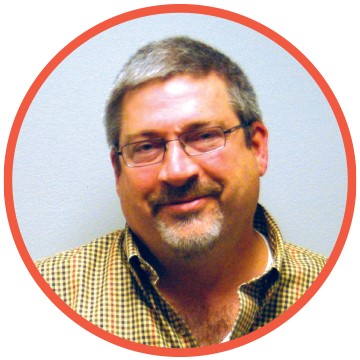
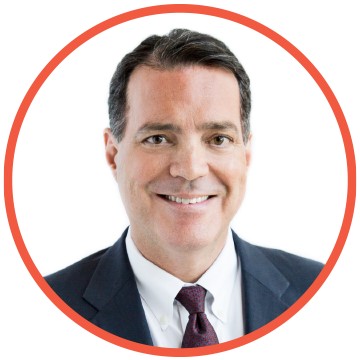
Sam Allen is the vice president of TRI’s Geosynthetics Services Division. He has served as chair of ASTM Committee D35 on Geosynthetics and currently serves on the board of directors of the Geosynthetic Institute (GSI).
Jeffrey Kuhn, P.E., is the geotechnical laboratory director for TRI/Environmental Inc. His doctoral work principally focused on alternative/evapotraspirative cover design and evaluation for the EPA, and he performed research with expansive clays for the Texas Department of Transportation. Prior to joining TRI, he served as a consulting engineer, where he worked on the design and installation of the Circuit of the Americas Formula One racetrack over expansive clays with tight differential movement criteria. Since 2012, he’s led the expansion of TRI’s geotechnical laboratory capabilities and reach within the geotechnical community.
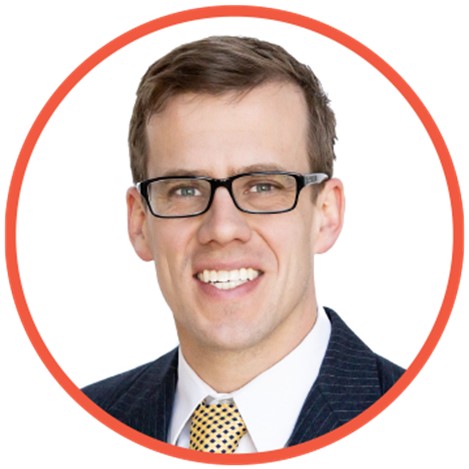
Landfill design considerations in the age of sustainable development
April 6–7
April 8: Optional certification exam
Instructors: Dr. George Koerner, P.E., and Abigail Gilson, MS, P.E.
This training course is to advise both design engineers and regulators as to the engineering design challenges related to capacity optimization at today’s landfills. It is harder than ever to site new greenfield disposal facilities. As a result, many existing landfill operators seek engineering solutions to help maximize the disposal capacity of their existing landfills.
An outline of the course follows:
- Introduction and overview
- Liner system
- Filtration and drainage
- Instability of A) Liner; B) Waste; C) Cover
- Lateral and vertical expansions
- Landfill performance
- Concerns and functional longevity
Considering the new emphasis on carbon footprint, this course revisits the sustainable landfill concept. While the concept is not new, it can be viewed in terms of today’s focus on sustainability and how it relates to reduction of emissions and reducing environmental impact. This course looks at how landfills can achieve the goals of being environmentally friendly and cost-effective at the same time. This course will show how geosynthetics can improve landfill performance, and how they are the key to eventually fulfilling the promise of a sustainable landfill.
About the instructors
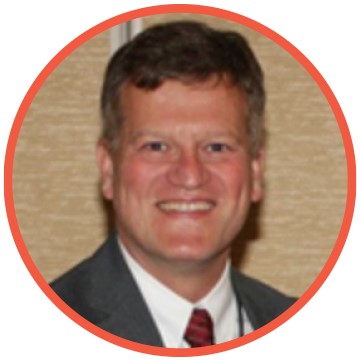
Dr. George R. Koerner, P.E., is director of the Geosynthetic Institute (GSI). He oversees laboratory accreditation, certification, information and education at GSI. He also manages research projects and has published more than 200 technical papers in his 35-year association with geosynthetics. Koerner’s doctorate is from Drexel University in geotechnical engineering. He is a registered professional engineer in Pennsylvania and New Jersey and an American Society for Quality Control (ASQ)-certified Quality Auditor. Koerner has received many awards over the years. The most notable being the Industrial Fabrics Association International (IFAI) Environmental Technologies Award of Excellence (1995), the American Society of Civil Engineers (ASCE) Geotechnical Engineer of the year (2004), ASTM Fellow (2013) and the first Geosynthetic Materials Association (GMA) Koerner Lecturer in 2017.
Abigail Gilson, M.S., P.E., is a senior engineer for TRI/Environmental Inc. Gilson has a wealth of experience in geomembrane-lined containment facility design and construction and has performed more than 160 million square feet (14.9 million m2) of liner integrity surveys across 100+ projects since 2004. Her contribution to the field of electrical leak location includes numerous published technical papers, educational seminars, presentations worldwide, and chairing the ASTM committee for the recent revisions and additions to the ASTM Standard Guide and Practices. Gilson’s expertise is available for providing equipment, field training, classroom education, instructional presentations, engineering consulting and liner integrity survey execution. She has trained staff in all of TRI’s office locations to provide local assistance on survey projects.
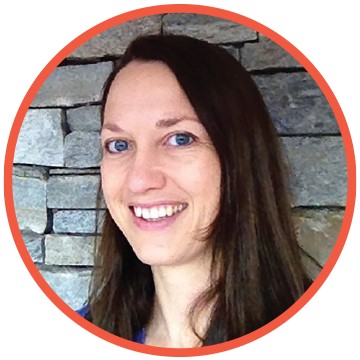
Geosynthetic reinforced soil, structure design and construction: Slopes, walls and roads
April 6–7
April 8: Optional Certification Exam
Instructors: Michael Bernardi, P.E., Erol Tutumluer, and Jorge Zornberg, P.E.
This course focuses on the design and construction of geosynthetically reinforced soil systems, including retaining walls, steepened slopes and roadways. A brief background of the application of each of these technologies will be presented including the advantages, economic considerations and limitations of each type of system as compared to other conventional practices.
Details concerning the design, selection of reinforcing materials, specification and construction of each type of system will be covered. Current design codes/standards and software will be referenced and summarized. Special issues that have on occasion resulted in undesirable performance will be reviewed. An overview of several recent innovations, such as the combination of reinforcement with lightweight fill and newly developed alternative design procedures, will also be presented. Each attendee will be given course notes to support the class, which include step-by-step design procedures and example problems.
Learning objectives include:
- Understand the key elements regarding design of reinforced soil structures
- Provide a working knowledge suitable for preliminary design of reinforced soil structures
- Identify those resources and guidelines publicly available to assist in design of retaining walls, steepened slopes and roadways
About the instructors
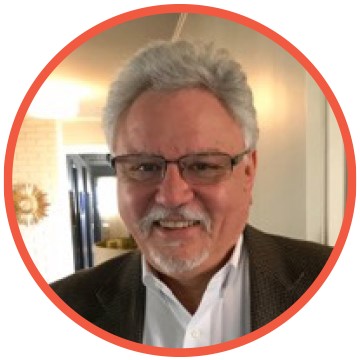
Michael Bernardi, P.E., is the director of engineering for Strata Systems Inc., a Division of Glen Raven Technical Fabrics. He is a registered professional engineer in Canada and the U.S. with 40 years of experience in civil (geotechnical) engineering. For most of his career, he has worked in the geosynthetics field in product development and application design. Bernardi’s tenure includes high-level technical work for manufacturers of reinforcement materials and in private consulting, including being a founding partner (2002–2012) in a design/consulting firm focused primarily on the design and development of geosynthetics and geosynthetics-related structures such as concrete modular block retaining walls, steep slopes and embankments. Bernardi is the primary technical editor of the National Concrete Masonry Association (NCMA) Design Manual for Segmental Retaining Walls, 3rd ed. (2009).
Dr. Erol Tutumluer serves on the faculty of the Department of Civil and Environmental Engineering at the University of Illinois at Urbana-Champaign. He specializes in transportation geotechnics with research interests and expertise in characterization of pavement and railroad track geomaterials, subgrade soils and base/ballast unbound aggregates, soil/aggregate stabilization, geosynthetics and much more. Tutumluer is the editor-in-chief of the journal Transportation Geotechnics and is the chair of the International Society for Soil Mechanics and Geotechnical Engineering (ISSMGE) Technical Committee 202 on Transportation Geotechnics.

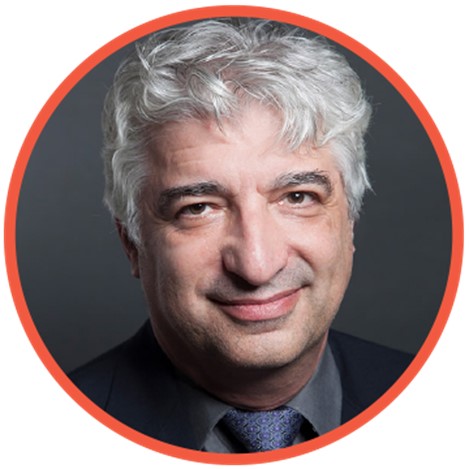
Jorge Zornberg, P.E., is professor and William J. Murray, Jr. Fellow at the University of Texas at Austin. He has more than 30 years in research and practice on topics such as retaining walls, reinforced soil structures and roadway infrastructure. Zornberg served as president of the International Geosynthetics Society from 2010 to 2014 and has received many prestigious awards, including the Mercer Lecture, the IGS Service Award, ASCE’s Croes medal and Collingwood Prize, and the Presidential Early Career Award for Scientists and Engineers from President George W. Bush.
Geosynthetics in stormwater controls and hydraulic engineering
April 6–7
April 8: Optional certification exam
Instructors: C. Joel Sprague, P.E., and Markus Wilke
Humanmade changes to the environment including unrestricted development, overtaxed resources, removal of surface cover, paving, poor stewardship and climate change impact on water levels and storm severity expose soils to greater erosive forces. These processes substantially accelerate the rate of erosion to everything from construction sites to shorelines. Historically, materials such as straw and rock or hard armor systems of various sizes and designs have been used to resist erosion and retain sediments. However, the overuse of these approaches has revealed limited long-term performance. The incorporation of geosynthetic-enhanced systems is helping achieve greater balance between temporary and long-term in applications.
This short course will provide detailed guidance on the relative performance, design and installation of the full range of geosynthetic-enhanced erosion and sediment control systems being used. Additionally, geosynthetic-based stormwater control measures being used for infiltration and pollutant removal will be introduced.
Topics include permanent postconstruction stormwater management, steep slope stabilization, shoreline and coastal erosion protection, geosynthetic-enhanced rolled erosion control products (G-RECPs), sediment retention devices (G-SRDs), use of these materials in pollution prevention plans, porous plastic chambers beneath pavements, geotextile filters, use of geocells, fabric-formed revetments, and much more.
The course is best suited for engineering and design professionals who specify and work with erosion and sediment control materials. It is also relevant to contractors, regulatory and enforcement personnel, public works directors, utility companies, mining and ski area construction managers, foresters, landfill operators, and consultants.
About the instructors
Joel Sprague, P.E., is a senior engineer and technical director with TRI’s South Carolina laboratories in Anderson and Greenville, S.C. Through leadership roles in the global standards body ASTM International, Sprague has originated or contributed to major revisions to more than 20 international standards on geosynthetics and erosion/sediment control. Additionally, he has been an instructor of numerous short courses and authored more than 50 articles and technical papers on the development, testing, and application of geosynthetics and erosion/sediment control systems. Sprague has been recognized for his pioneering work in full-scale performance testing of civil engineering systems. He led the establishment of TRI’s unique laboratories for the full-scale evaluation of innovative technologies, including the Denver Downs Research Facility in Anderson, S.C., and the Roads to Rivers Research Institute (3RI) in Greenville, S.C.
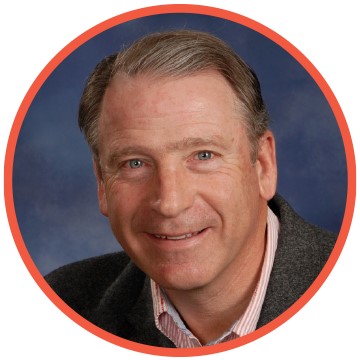
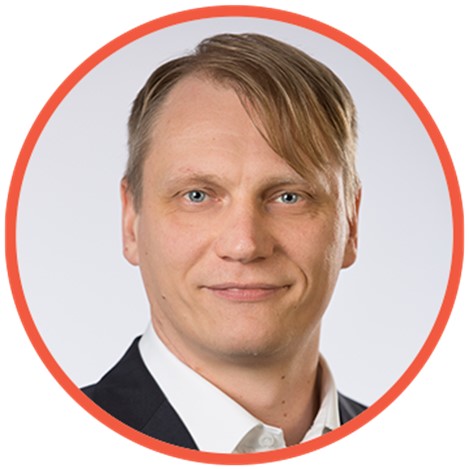
Markus Wilke is an engineer and business development manager with HUESKER Group, one of the world’s oldest and largest geosynthetic manufacturing and design engineering companies. Wilke brings more than a decade of stormwater controls and hydraulic engineering experience to GeoU 2022. He has published extensively on topics such as dewatering, bank stabilization, port maintenance and waterway engineering.
Marketing in the geosynthetics industry
April 8 (half-day)
Note: The marketing course is held at the same time on April 8 as the optional certification exams for the April 6-7 courses.
Instructors: Sam Allen and Jacque Dettman
While the global geosynthetics industry is relatively small (an international geosynthetics conference may attract, at most, 2,500 people, it is uniquely intense with many companies providing services ranging from geosynthetic products, geosynthetic installations and expertise related to geosynthetic design, application and testing. Most professionals in the geosynthetics industry have achieved much of their expertise during their professional career with a fortunate few having had geosynthetics-related curriculum in school.
The geosynthetics industry involves many with disparate educations ranging from classic geotechnical, civil and environmental engineering to technical backgrounds in chemistry, polymer engineering and materials science. Still others in our industry are solely trained based on multiyear experience with geosynthetic manufacturing, handling, installation and testing.
From a marketing and sales communication perspective, this dynamic industry poses an especially challenging environment to establish meaningful communication with our collective customers. Indeed, navigating the multiple geosynthetic-related associations and nonprofits, and their cultures and contributions, can be daunting. Yet, these same organizations play a strategic role in standardizing and promoting geosynthetic technologies and applications—a key benefit to geosynthetics sales professionals. They stand as platforms for collective education and community-held expertise as compared with company-specific messaging promoting a product or service unique attributes.
So, how is one to sell products or services in such a dynamic and competitive industry?
This half-day course is appropriate for business development and sales professionals working in the geosynthetics industry. It is appropriate for new hires, young starters and seasoned professionals. Students will explore the different geosynthetic industry sales environments and how general and broad appreciation for the industry and its organizations can greatly enhance the success of sales efforts. Narratives commonly heard about geosynthetic types and features, and their relative performance, will be explored and evaluated in a noncompetitive and safe environment. Healthy and positive sales techniques will be discussed and rehearsed. Students will gain an intense and expanded appreciation for the uniqueness and greatness of the global geosynthetics industry and its opportunities.
About the instructors
Sam Allen is the vice president of TRI’s Geosynthetics Services Division. He has served as chair of ASTM Committee D35 on Geosynthetics and serves on the board of directors of the Geosynthetic Institute (GSI).
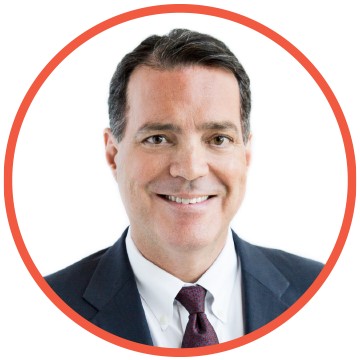
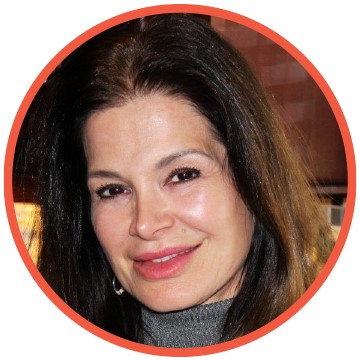
Jacqueline Dettman was the business development manager of TRI’s Geosynthetics Services Division for the past 15 years, where she served as the technical and business “front” of construction-related materials verification projects. In this role, Dettman assisted clients in specification reviews, budget planning and technical response.
Dettman has worked in the geoenvironmental industry for more than 25 years, originally for Poly America (Poly-Flex Division) as the Western Division sales manager where she worked in concert with owners, engineers, contractors and installers. She later joined Golder Associates in various management and business development roles, and then on to Jacobs Engineers in operations and project management. These experiences significantly benefited clients as she is accomplished in both the best, and the most challenging, industry technical traditions and project communication customs, assisting clients through detail-oriented plans. Dettman also lends her considerable expertise to TRI’s well recognized education and short course offerings, helping clients stay up-to-date with regard to still evolving geosynthetics technologies.
Course pricing
Early bird (through Feb. 16)
$750: Commercial rate
$350: Government rate
$295: Marketing course (April 8, half-day)
NOTE: The marketing course is held at same time as the optional certification exam for several courses.
After Feb. 16
$850: Commercial rate
$350: Government rate
$350: Marketing course (April 8, half-day)
For more information, click here. To register, click here.
 TEXTILES.ORG
TEXTILES.ORG


